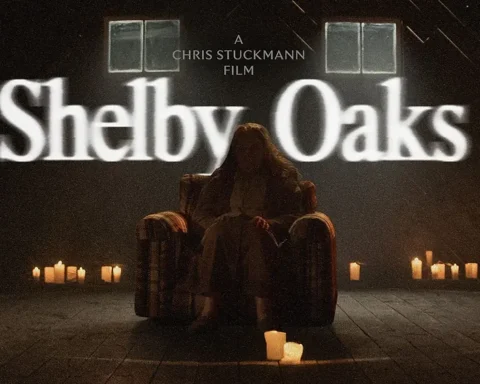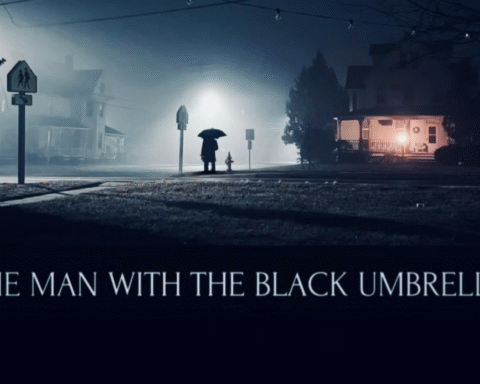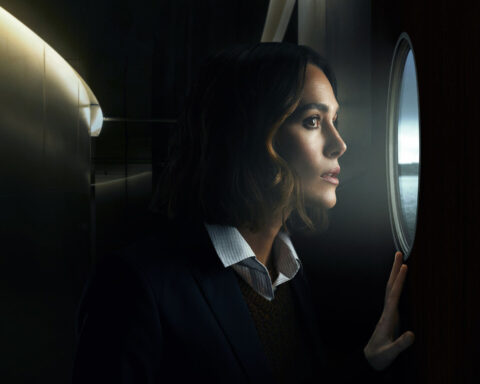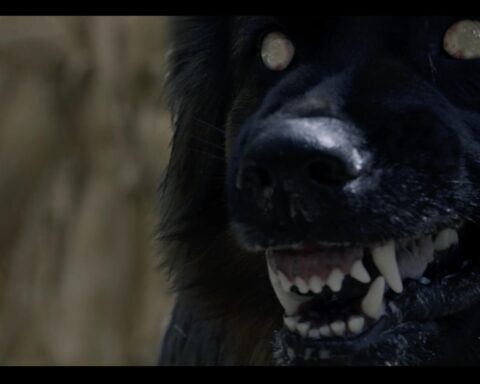The Darkest Minds, directed by Jennifer Yuh Nelson and released in 2018, is a young adult dystopian sci-fi thriller adapted from Alexandra Bracken’s popular novel of the same name. The film delves into a world where a mysterious disease wipes out 98% of the children in the United States. The surviving 2% are left with extraordinary powers, which sparks fear in the government and leads to their systematic capture and confinement in camps. At its core, The Darkest Minds is a story of survival, empowerment, and the price of fear in a world turned upside down.
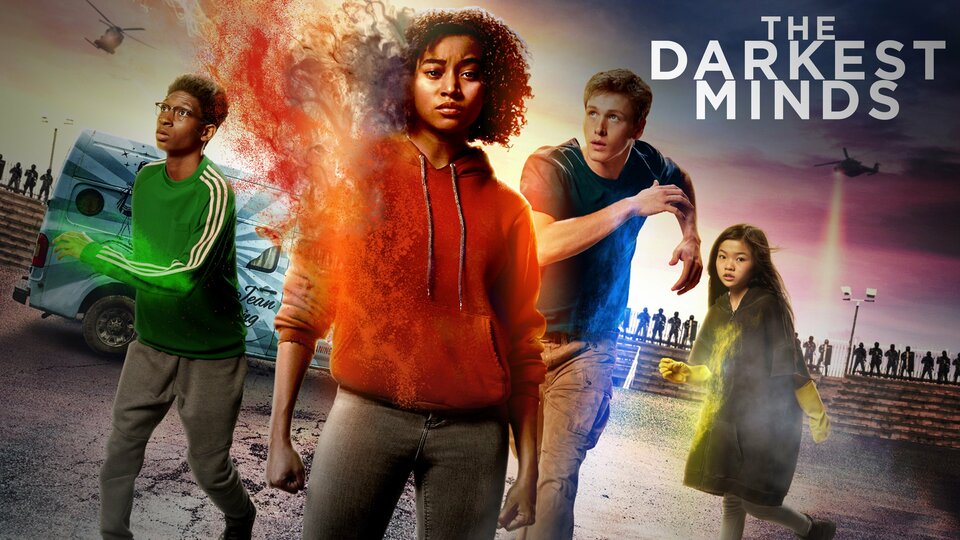
Plot Summary
Set in a near-future America, the story centers on Ruby Daly (Amandla Stenberg), a 16-year-old girl who, like many other children, develops strange and potent abilities after surviving a disease known as IAAN (Idiopathic Adolescent Acute Neurodegeneration). The children are classified into different categories based on their powers: Greens (highly intelligent), Blues (telekinetic), Yellows (electrokinetic), Reds (fire manipulators), and Oranges (mind control). Ruby, one of the rare and most dangerous Oranges, can manipulate and erase memories.
After escaping from a government-controlled camp with the help of the anti-government League, Ruby teams up with a group of runaway teens—Liam (Harris Dickinson), Chubs (Skylan Brooks), and Zu (Miya Cech)—as they embark on a journey to find East River, a safe haven for powered children. Along the way, they struggle with their powers, their fears, and the constant threat of recapture. But Ruby’s internal conflict, especially her fear of her own power, drives the emotional core of the story. As she begins to embrace her abilities, Ruby must also confront difficult choices about trust, loyalty, and the consequences of wielding power in a corrupt world.
Themes and Characters
The Darkest Minds explores several overarching themes, including fear of the unknown, government control, and the importance of finding identity in the midst of chaos. The film presents a society ruled by fear—fear of what the children represent and fear of the power they possess. This fear manifests in the form of oppressive government actions, such as internment camps and violent crackdowns on those who resist.
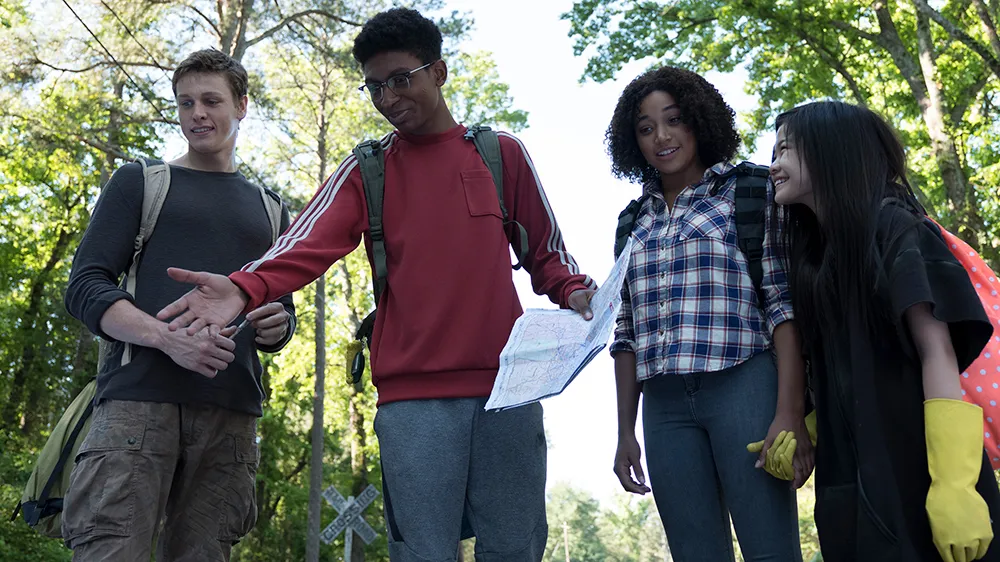
Ruby, as the protagonist, embodies the emotional turmoil of a young girl grappling with newfound abilities that she neither understands nor fully controls. Amandla Stenberg brings depth to the role, portraying Ruby as a mixture of vulnerability and latent strength. Her journey from a fearful child to a young woman learning to accept her power forms the crux of the narrative.
Liam, played by Harris Dickinson, is the group’s natural leader, offering a sense of hope and camaraderie amidst the chaos. His relationship with Ruby grows throughout the film, adding a romantic subplot that mirrors the larger theme of trust in a world where everyone is afraid of being betrayed. Skylan Brooks’s Chubs provides moments of humor and insight, while Miya Cech’s mute character Zu represents innocence lost in a world that no longer accommodates it.
Visuals and Direction
Jennifer Yuh Nelson, known for her work on Kung Fu Panda 2, brings a visually appealing style to The Darkest Minds. The film’s color-coded system of powers gives the story a unique visual aesthetic, as each power comes with its own set of effects—bright blue for telekinesis, orange for mind control, etc. The scenes involving Ruby’s ability to manipulate memories, in particular, are hauntingly done, offering glimpses into how powerful and dangerous her abilities truly are.
However, while the film is visually engaging, some critics felt that the movie struggles to maintain a cohesive tone. The balance between action, romance, and dystopian tension sometimes feels uneven, especially compared to other successful YA adaptations like The Hunger Games or Divergent. The pacing of the film, especially in the middle, slows down as the characters search for East River, leading to a somewhat formulaic road-trip narrative.
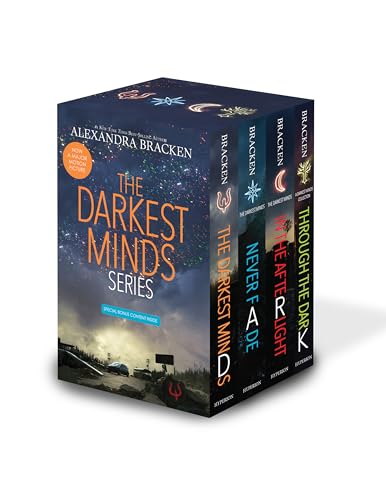
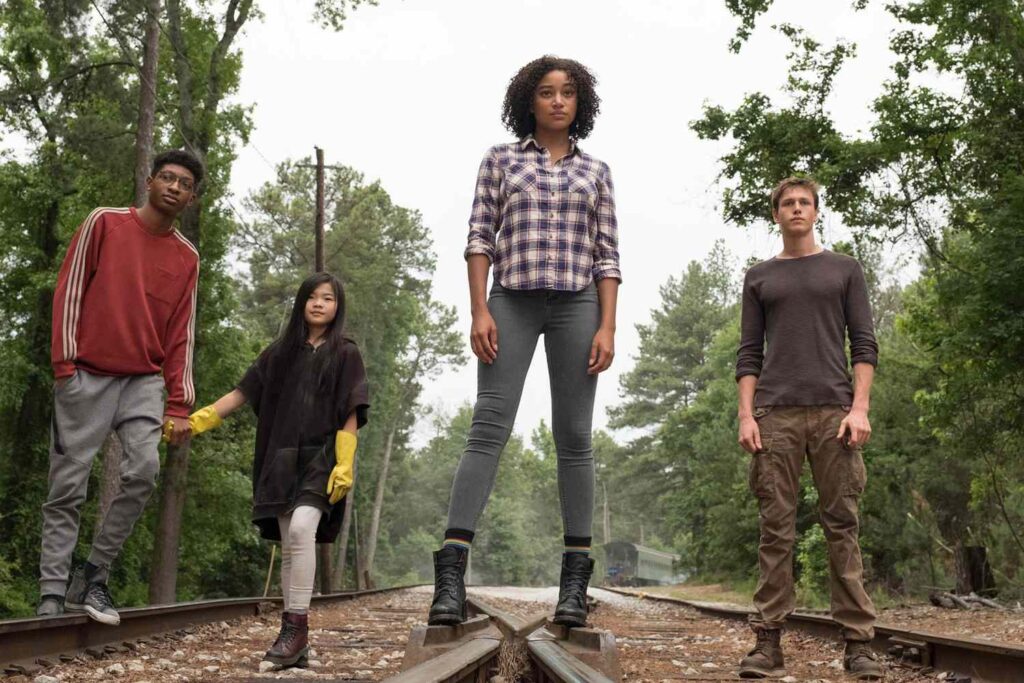
Reception and Impact
The Darkest Minds was met with mixed reviews upon its release. While some praised the performances of the young cast, particularly Stenberg, others criticized the film for being too derivative of other YA dystopian franchises. Critics pointed out similarities to films like The Hunger Games, Maze Runner, and Divergent, citing the familiar trope of oppressed youth rising up against a corrupt system.
Despite the mixed reception, the film resonates with audiences who appreciate the genre. Fans of the novel found The Darkest Minds faithful to its source material, though the condensed nature of the film adaptation meant certain plot elements and character arcs weren’t explored as fully as in the book. Nonetheless, it tapped into the broader appeal of young adult narratives about resistance, identity, and empowerment.
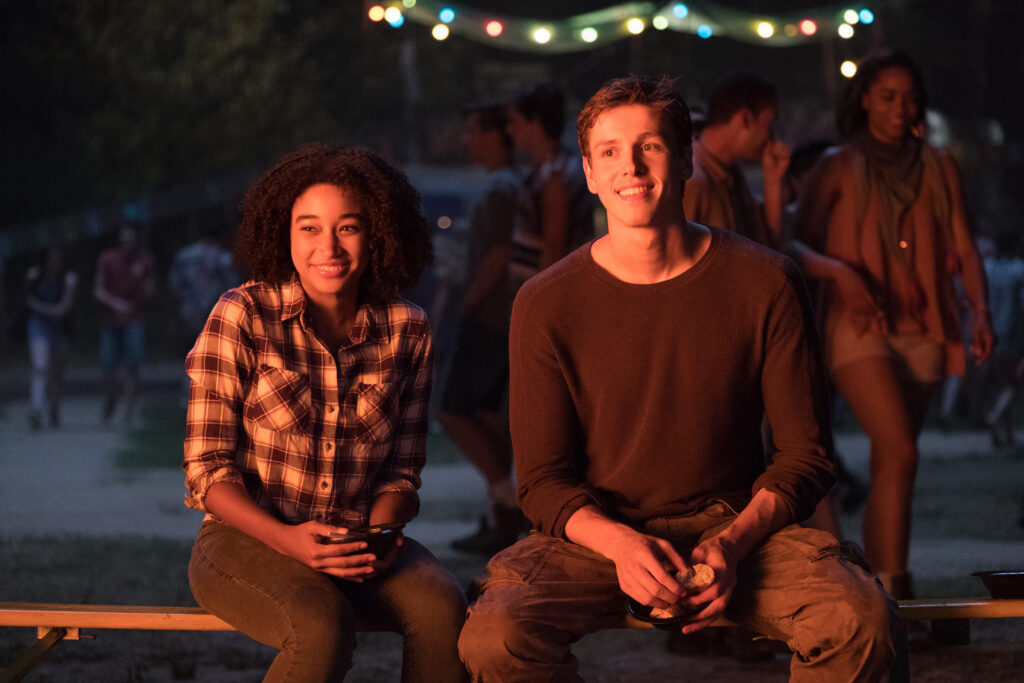
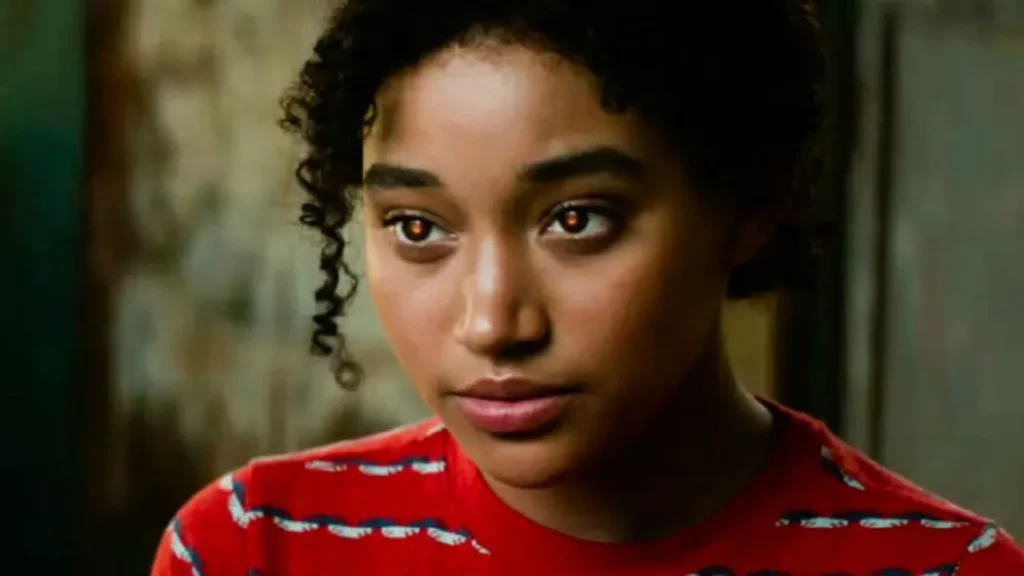
Conclusion
The Darkest Minds is a dystopian thriller that blends supernatural powers with the emotional journey of adolescence, all against the backdrop of a world ruled by fear and authoritarianism. Though it may not have reached the critical heights of other films in the genre, it offers an intriguing look at how young people navigate a society that views them as threats. Ruby Daly’s journey of self-acceptance and her evolving relationships with those around her make The Darkest Minds a film about survival, courage, and finding strength in unity.
For fans of dystopian fiction or those looking for a character-driven story of resilience, The Darkest Minds offers an action-packed yet introspective ride into a world where fear and power collide.

